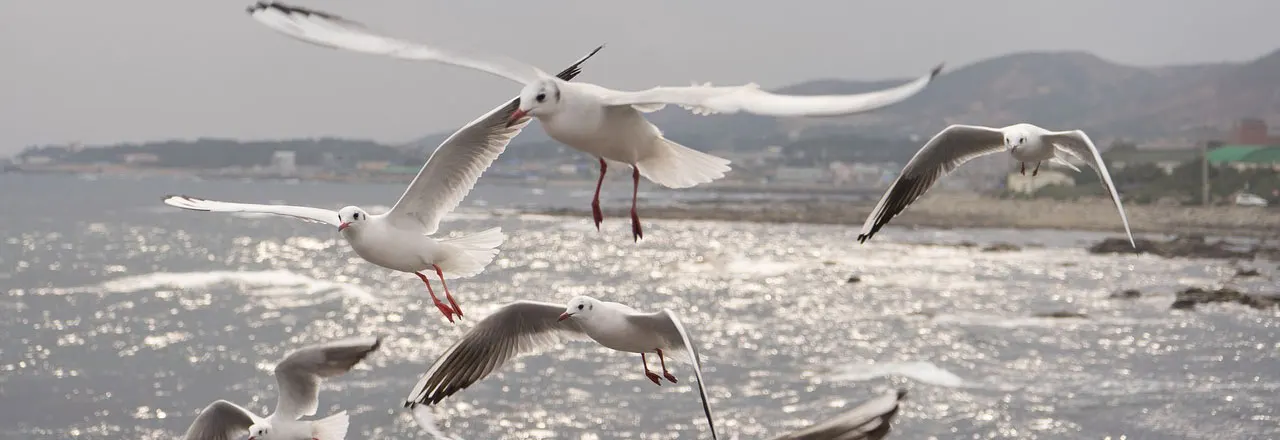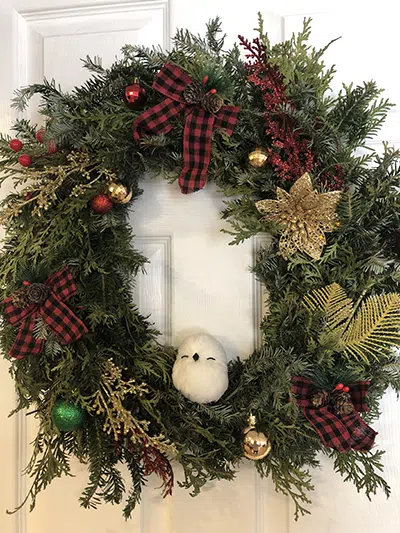First off, did you know that there is no specific bird called a “seagull”? Instead, gulls are a diverse family of birds with different habitats, ranges, sizes, and color patterns. In total, there are 50 species of birds belonging to the bird family Laridae.

So, are all seagulls a protected species?
Yes. All members of the Laridae family are protected. While the birds we typically see in Ontario are plentiful and seem to be doing just fine, some species of gulls are actually in decline and/or endangered.
Understanding Seagull Protection Laws
Loss of nesting habitat is probably the largest threat to seagull populations. Gulls generally nest in environmentally sensitive lakeside and coastal areas with fragile ecosystems. An example of that would be the Niagara Escarpment.
Migratory Bird Treaty Act
Most gulls are migratory birds and as such are protected under the Migratory Bird Treaty Act of 1918. In its conception, the act was first passed between only the United States and Canada, but later amended to include Mexico, Japan, and Russia.
Under the Migratory Bird Treaty Act, it is illegal to transport, sell, trade, capture, kill, or harm seagulls, or even their eggs or nests. The Ministry of Natural Resources oversees all things Fish and Wildlife in Ontario.
Ecological Importance of Seagulls
Being scavengers, seagulls are actually part of Mother Nature’s clean-up crew. Their presence (and feeding habits) at landfills reduces the amount of methane and ammonia released into the atmosphere, resulting in cleaner air. They also help keep down insect populations like crickets, helping out farmers and growers.
Role in Coastal Ecosystems
The role of seabirds as nutrient subsidizer is perhaps the most recognized and documented in coastal areas where they have great impact on the nutrient cycling processes. Bird excrement, generically called “guano”, is a powerful fertilizer due to the high nutrient concentration, especially that of nitrogen and phosphorus. In short, seagull poop helps things grow and is highly beneficial to coastal biodiversity.
Additionally, a thriving or declining gull population can indicate the health, changes or degradation of coastal ecosystems, lakes, and fish population.
Threats Facing Seagull Populations
Gulls actually don’t face a whole lot of threats. They are extremely intelligent, resilient, and resourceful birds.
Predators
The biggest threat in terms of predators are Birds of Prey, mainly. Eagles, Falcons, and Hawks. On the ground, they may also face foxes and weasels. This goes both, for the birds and their nests or eggs and offspring.
Habitat Loss
Where natural habitat is compromised or lost, seagulls are quick to find alternatives. Flat roofs, in particular, make for perfect nesting sites.
Human Interference
Don’t feed the birds! Most of us mean well when we stop to feed a bird. What we often do not consider is that our highly processed foods are a terrible diet for birds (and for us, too!). Additionally, we actually encourage aggressive behaviour, which will in turn lead to conflict.
Benefits of Seagull Protection
When answering “why are seagulls protected in Canada” we need to look at the incredible journeys these birds make annually. Their positive impact on the environment is literally spread across the North American Continent.
Maintaining Biodiversity
Seagulls, like many other sea birds, help maintain the variety of living species on Earth, including plants, animals, bacteria, and fungi. This is achieved by means of guano and even interbreeding of several species.
Indicator Species for Environmental Health
When seagull population declined in Lake Superior’s Pukaskwa National Park, warning bells went off and studies showed a corresponding decline in prey fish, leading to further investigations of water quality and more. Seagulls can be an important indicator of the health of the bodies of water and coast lines in the vicinity.
Dealing with Seagull-Related Issues Legally
When it comes to seagulls, there is little DIY you can do. Because seagulls are a protected species, pretty much anything you do must be accompanied by permits.
Humane Deterrent Methods
The single most humane AND most effective way to deal with colonies of seagulls is birds of prey. It is also the most environmentally friendly method, as nature intended. Hawkeye’s Commercial Falconry Program takes advantage of the natural predator/prey relationship between birds of prey and seagulls. The gulls are dispersed without harm and will not return with the threat of a raptor in the area.
When to Seek Professional Help with Seagulls
Immediately. Again, in order to deal with seagulls, you need permits. Call Hawkeye to help you solve your Seagull problem legally, humanely, and effectively.















